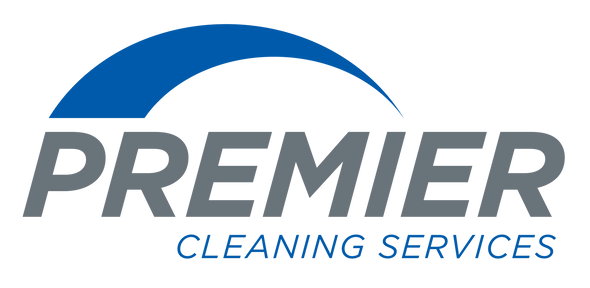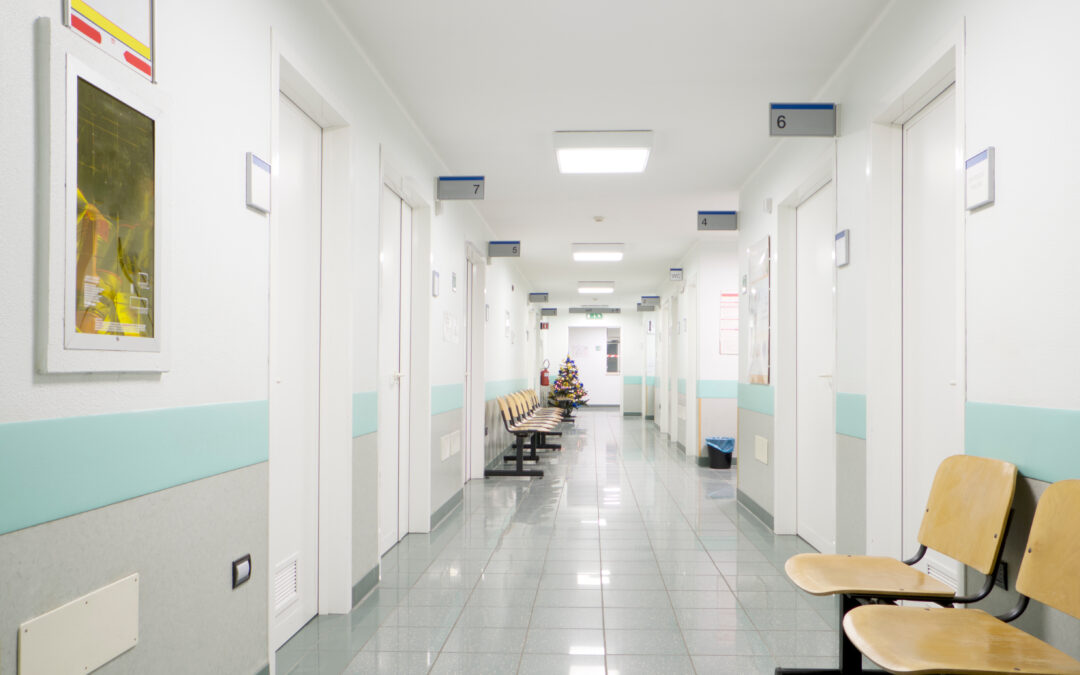Introduction
In today’s healthcare landscape, cleanliness and infection control are paramount in medical facilities. Effective healthcare cleaning, coupled with proper disinfection and sterilization practices, play a crucial role in maintaining a safe and healthy environment for patients and healthcare professionals alike. In this post, we will explore essential strategies and guidelines for healthcare cleaning, the importance of following thorough cleaning guidelines for healthcare facilities, and the significance of professional healthcare cleaning services. Let’s delve into the key aspects of ensuring cleanliness and infection control in medical facilities.
The Significance of Healthcare Cleaning
Healthcare cleaning holds immense importance in preventing the spread of infections within medical facilities. According to the CDC, pathogens can survive on surfaces and contribute to healthcare-associated infections (HAIs), which pose a significant risk to patients’ health. Proper cleaning and disinfection practices help to reduce the microbial burden, creating a safer environment for everyone involved in healthcare settings. Moreover, a clean establishment facilitates patient trust and contributes to the overall reputation of the facility. Patients who feel safe in your facility will be more likely to choose it over others in the future.
Cleaning Guidelines for Healthcare Facilities
To ensure cleanliness and infection control in medical facilities, it is vital to follow comprehensive cleaning guidelines. Here are some key practices to consider:
a. Regular Cleaning and Disinfection: Establish a cleaning schedule that covers all areas of the facility, including waiting rooms, patient rooms, operating theaters, and high-touch surfaces. Use EPA-approved disinfectants and follow the manufacturer’s instructions for proper use.
b. High-Touch Surface Focus: Pay special attention to frequently touched surfaces like doorknobs, handrails, light switches, and medical equipment. These areas are more prone to harboring pathogens and require regular disinfection.
c. Waste Management: Implement a robust waste management system to dispose of medical waste safely. Adhere to local regulations and guidelines for segregation, storage, and disposal of different types of waste, including sharps and biohazardous materials.
d. Hand Hygiene Promotion: Encourage healthcare professionals, patients, and visitors to practice proper hand hygiene. Provide readily accessible hand sanitizing stations and educate individuals on the importance of handwashing with soap and water.
e. Personal Protective Equipment (PPE) Disposal: Develop protocols for the proper disposal of used PPE to prevent contamination and promote employee safety. Ensure designated bins are available, clearly labeled, and regularly emptied.
f. Staff Training and Education: Provide comprehensive training to healthcare facility staff on proper cleaning techniques, disinfection protocols, and infection control measures. Regularly update training programs to align with the latest guidelines and best practices. Educated employees encourage patients to trust that they are in safe and qualified hands.
Disinfection and Sterilization
In addition to regular cleaning, proper disinfection and sterilization practices are vital in medical facilities to eliminate microorganisms and prevent the transmission of infectious diseases, including HAIs. Key considerations include:
a. Instrument Sterilization: Develop and implement protocols for the sterilization of surgical instruments, dental equipment, and other reusable medical devices. Follow industry standards and guidelines to ensure proper sterilization techniques are employed.
b. Surface Disinfection: Utilize appropriate disinfectants to thoroughly clean and disinfect surfaces, equipment, and frequently touched objects. Ensure sufficient contact time as specified by the product manufacturer for effective disinfection.
c. Regular Training: Provide comprehensive training to healthcare staff on proper disinfection techniques, use of personal protective equipment, and infection control protocols. Regularly update training programs to stay aligned with the latest guidelines and refresh employee knowledge. Educational posters and graphics in the workplace can serve as helpful reminders.
Leveraging Professional Healthcare Cleaning Services
Choosing a professional cleaning service with healthcare industry experience can greatly enhance cleanliness and infection control in medical facilities. These specialized services have the expertise, experience, and resources to meet the unique cleaning requirements of healthcare settings. Here’s how professional healthcare cleaning services can contribute to maintaining a hygienic environment:
a. Expertise and Knowledge: Healthcare cleaning professionals are trained in specific cleaning techniques, disinfection protocols, and the proper handling of medical waste. Their expertise ensures that all areas, including high-touch surfaces, patient rooms, and medical equipment, are effectively cleaned and disinfected.
b. Compliance with Regulations: Professional cleaners are well-versed in local regulations and guidelines pertaining to healthcare cleaning. They ensure that the facility adheres to industry standards, promoting a safe and compliant environment.
c. Time and Resource Efficiency: Medical facilities can benefit from outsourcing cleaning services as it allows healthcare staff to spend more of their valuable attention on patient care. Professional cleaners efficiently manage the cleaning process, optimizing time and resources for the facility.
d. Tailored Cleaning Plans: Healthcare cleaning services develop customized cleaning plans based on the facility’s specific needs and requirements. They understand the nuances of healthcare settings and devise cleaning strategies accordingly. An effective cleaning service will regularly adjust cleaning plans to adhere to the changing needs of a healthcare facility.
Conclusion
Maintaining cleanliness and infection control in medical facilities is of utmost importance to ensure the health and safety of patients, staff, and visitors. By following comprehensive healthcare cleaning guidelines, implementing effective disinfection and sterilization practices, and considering professional healthcare cleaning services, medical facilities can create a safe environment that fosters optimal patient care. Embracing these strategies will contribute to reducing the risk of infections, enhancing patient satisfaction, and upholding the reputation of healthcare facilities.
Interested in exploring your options for a trustworthy professional healthcare cleaning service? Visit Premier Cleaning Services to get a free estimate.

